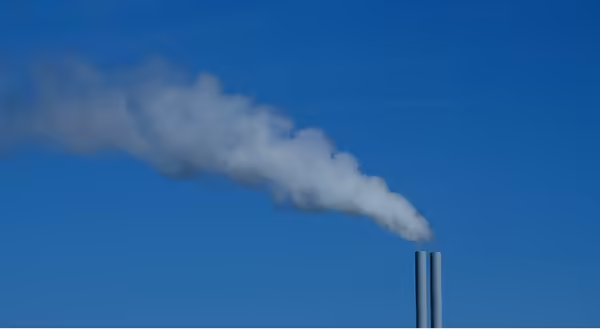
We tested your climate knowledge. How did you do?
- In what century were the processes that created the greenhouse effect discovered?
ANSWER: The 19th century, which would be the 1800s! John Tyndall published his results of several experiments that showed certain gases had the ability to slow the release of heat from Earth to space and showed the potential that increases in concentrations of these gases would create a warmer atmosphere and Earth.
- What greenhouse gas is most responsible for transferring heat to the atmosphere?
ANSWER: Water vapor! What? Yes, water vapor! Water vapor is a powerful greenhouse gas. When water vapor condenses into liquid water, heat is released into the air. Humans have only a very minor effect on the amount of water vapor in the air, so it is not one talked about that is increasing and enhancing the greenhouse effect.
- Which one of the four seasons has been most affected by climate change in the Midwest? Hint- It's not Frankie Valli.
ANSWER: In the Midwest, winters have become much warmer than they used to be. Springs are next in line because minimum temperatures have risen the most. Also, as a side note, if you don’t know who Frankie Valli is, check out his music. A cover of his hit called "Beggin' You" was recently quite popular.
- Out of the 38 largest cities in the U.S., how many are on track to achieve greenhouse gas reductions by 2050, meeting global benchmarks?
ANSWER: 20 cities are on track to achieve their GHG reductions! Where there is a good effort taking place, reductions can be made.
- What country currently emits the most carbon dioxide per person?
ANSWER: Saudi Arabia is currently ranked at the top for emitting the most carbon dioxide per person due to its export market and relatively small population to size.
- Solar energy travels through what medium without heating it very much?
ANSWER: The atmosphere. Sunlight, which has short wavelengths, can travel through air without doing much to heat it. Once absorbed by the earth, it gives that energy back off as much longer wavelengths, giving a better opportunity to heat the air it is rising through.
- What is added to climate predictions that are not part of daily weather forecasts?
ANSWER: Human activity. Humans do not have a huge effect on day-to-day weather changes, but their activities of adding greenhouse gases can affect weather trends over the long term.
- The sun transmits ________ wavelengths to Earth, while the Earth radiates _________ wavelengths back to space.
ANSWER: I guess I just answered that one in question six. The hotter an object is, the shorter the wavelength of energy it emits. Since the Earth is much cooler than the sun, it emits much longer wavelengths.
- What is the name of the type of effect that causes cities to be warmer than surrounding areas, especially at night?
ANSWER: The Urban Heat Island. Concrete, asphalt, and metal are great absorbers of heat during the day, releasing that heat during the evening.
- How much energy from the sun is kept by the Earth?
ANSWER: Practically zero percent is kept by the Earth, except for that stored by plants and in the ground. Earth would be too hot to live on if this were not the case.
Well, how did you do? The Midwest has certainly seen its share of weather events and news coverage recently. Hopefully, these answers guide us in understanding how climate may play a role.
ABOUT THE BLOG: All About Weather is a blog by Duane Friend that explores the environment, climate, and weather topics for Illinois. Get in-depth information about things your weather app doesn't cover, from summer droughts to shifting weather patterns. Never miss a new post! Sign up for our email list.
MEET THE AUTHOR: Duane Friend is the Illinois Master Naturalist Coordinator and Climate Specialist with University of Illinois Extension, serving the organization in many roles since 1993. Duane provides information and educational programs to adult and youth audiences in the areas of soil quality, weather and climate, energy conservation, and disaster preparedness. These programs provide practical solutions for families, farms, and communities. He assists families in creating a household emergency plan, farmers with the implementation of soil management and conservation practices, and local government officials and business owners with energy conservation techniques.